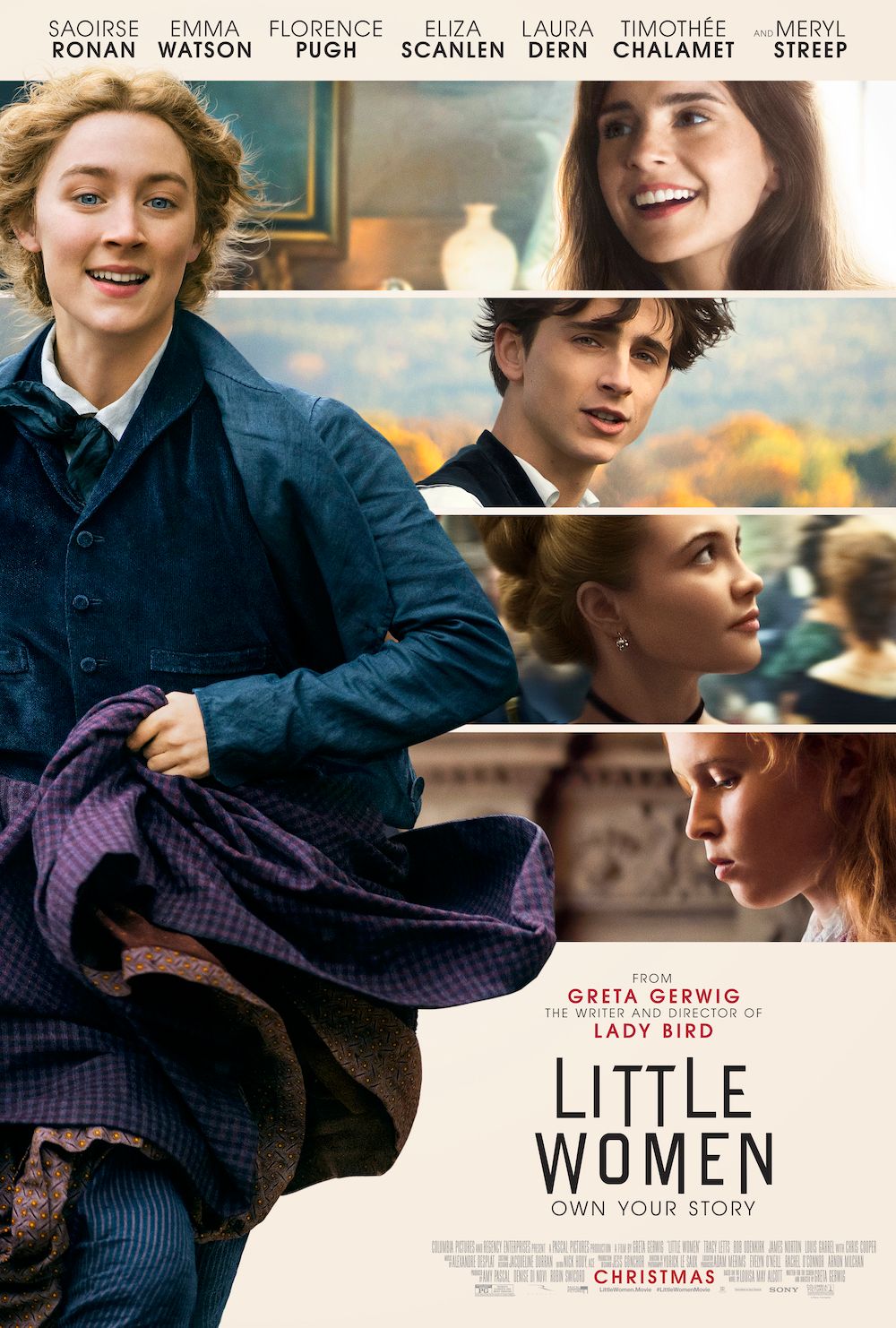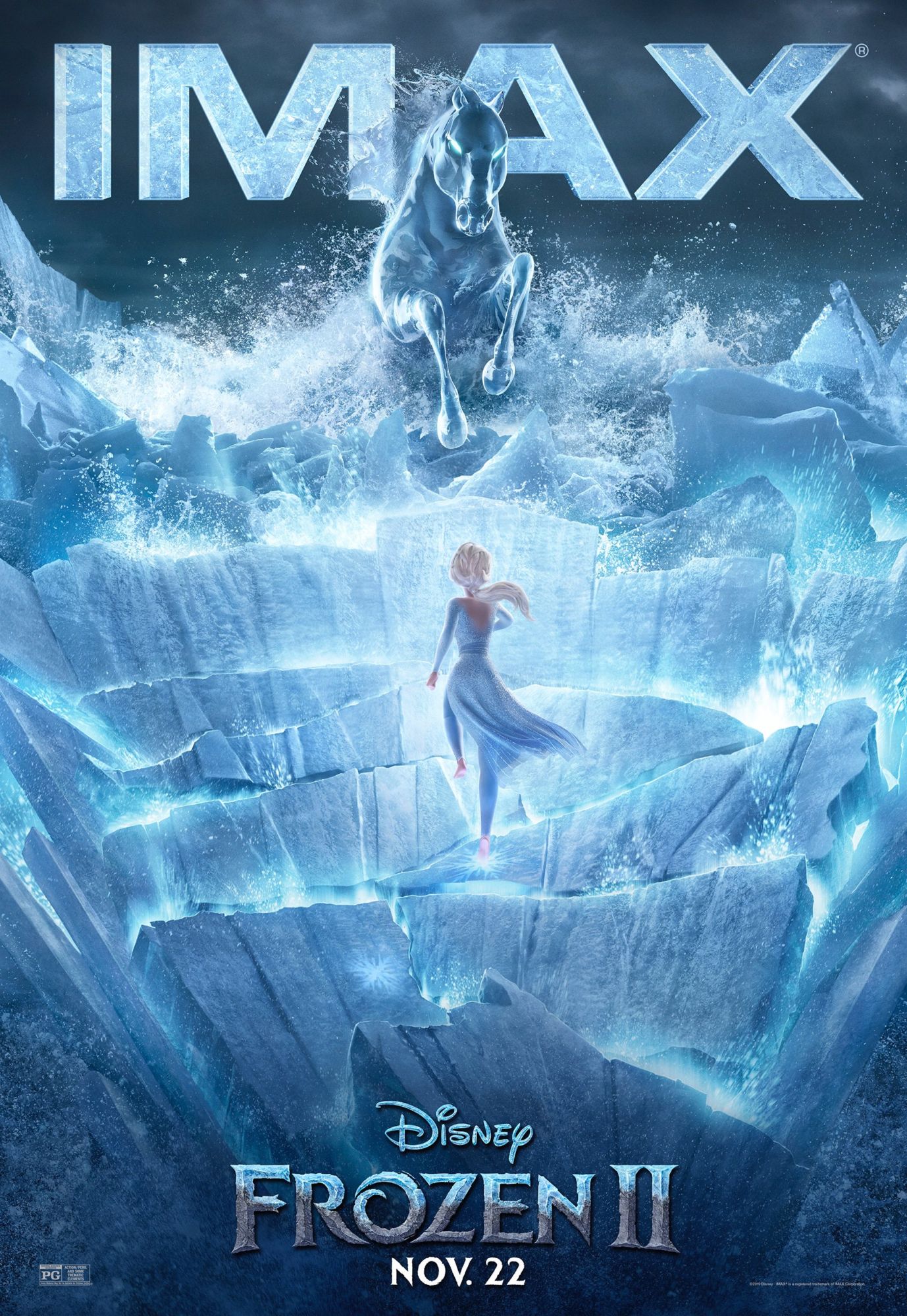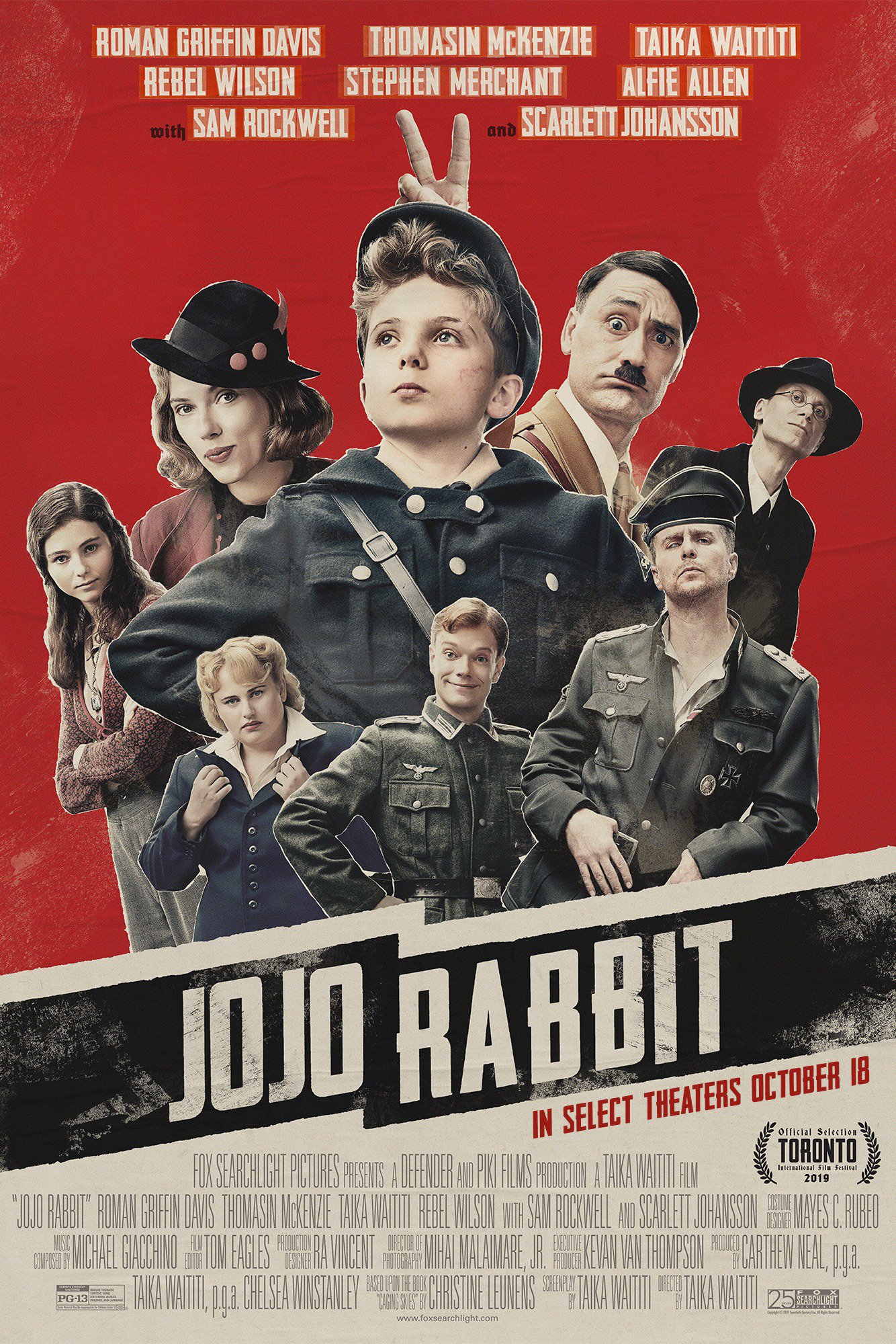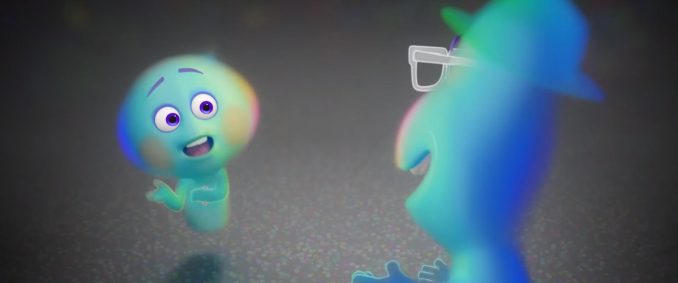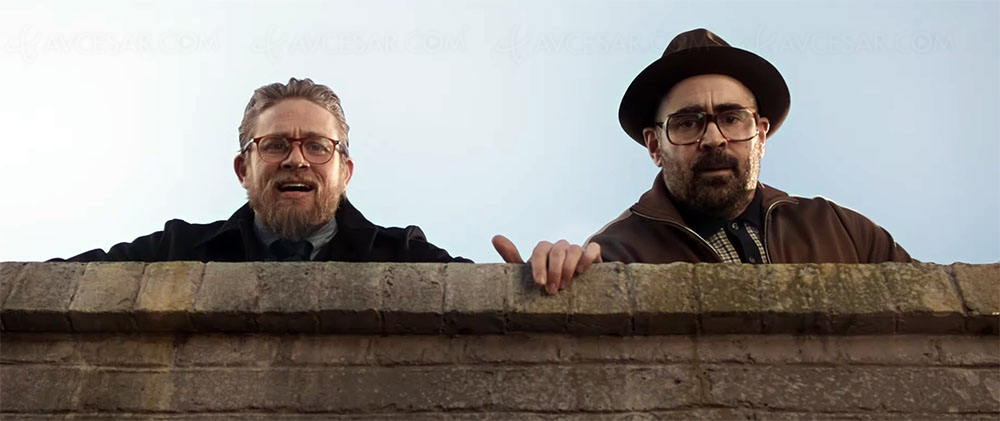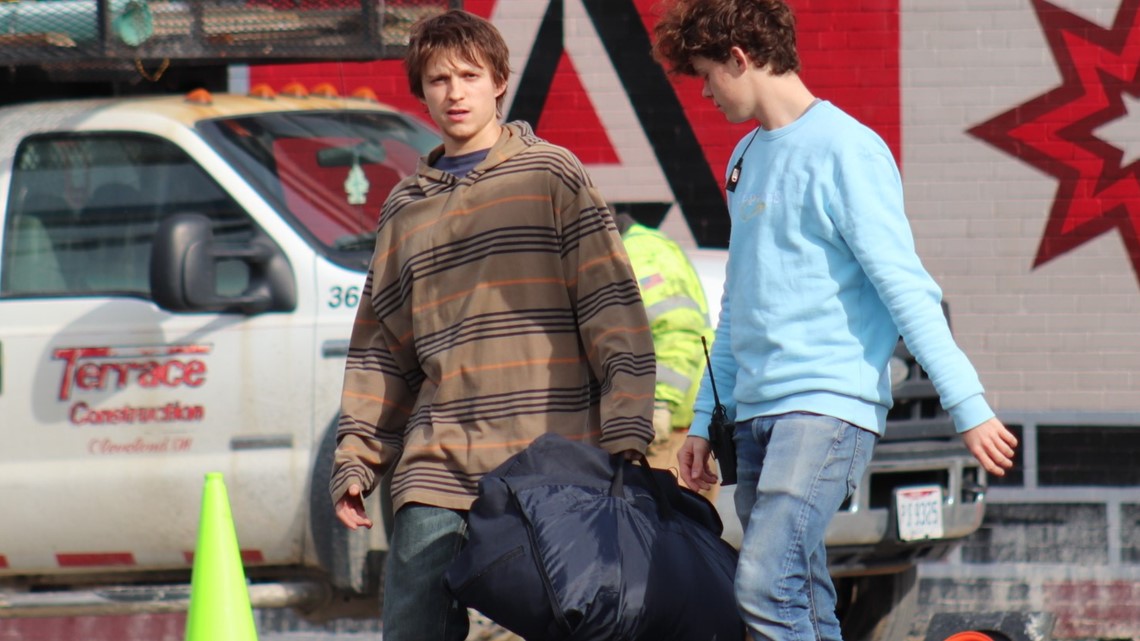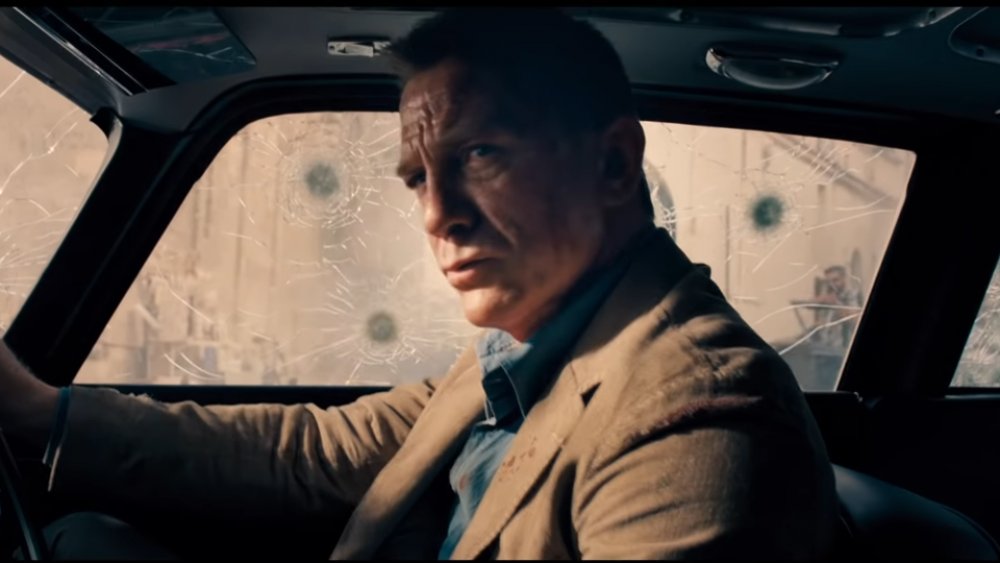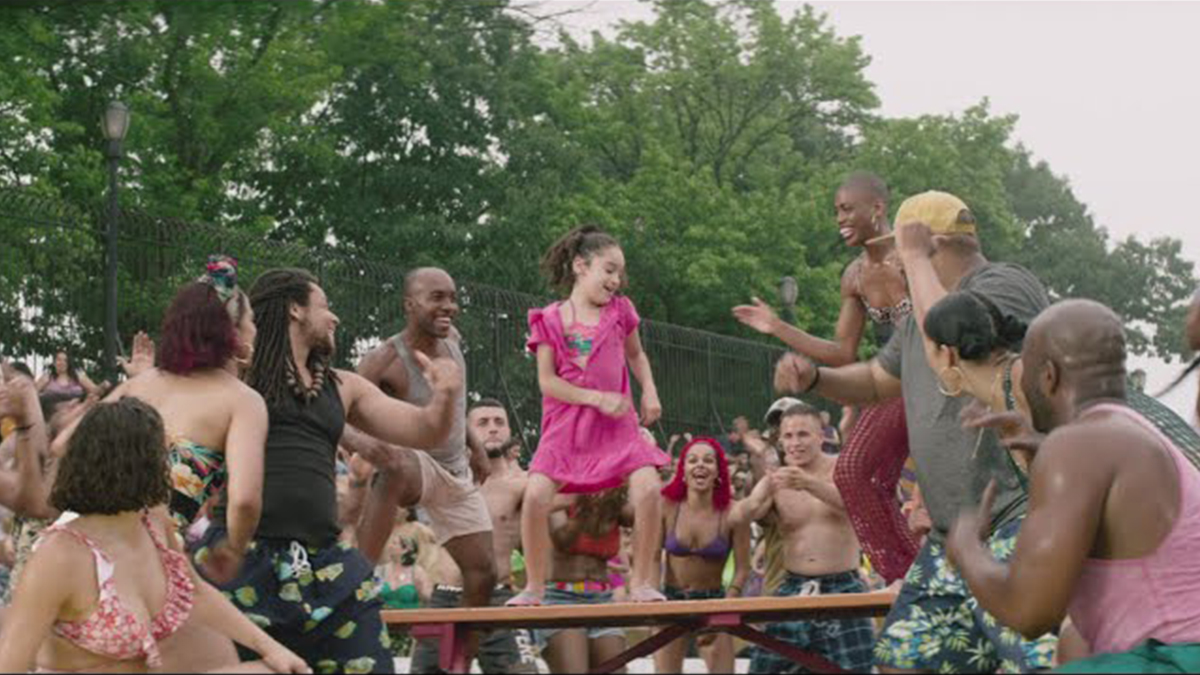The bond of a brother can accomplish wonders that few relationships can.
This computer-animated urban fantasy film from Pixar Animation Studios premiered out of competition at the 70th Berlin International Film Festival. It was then released in theaters worldwide by Walt Disney Studios on March 6th, 2020. Produced for the budget of around $175 million, the film unfortunately never made a real profit in theaters. It topped off at about $106.1 million at the worldwide box office before the COVID-19 pandemic forced it to drop out early and land on the streaming service Disney+. It is currently scheduled to release in foreign countries when it’s deemed safe enough to return to theaters but in the meantime, has produced positive responses from fans and audiences.
Directed by Dan Scanlon in his second feature-length film, the story was inspired when he heard an audio clip of his late father, who passed away when he was very young. After coming up the plot and setting for the film, Jason Headley and Keith Bunin were brought onboard to perform rewrites on the script. The film got into some legal trouble when San Francisco tattoo artist Sweet Cecily Daniher alleged that the studio copied art designs in the film from her vehicle “The Vanicorn” after renting it for a single-day festival. The film also faced bans and censorship in Russia and various Arab countries for the inclusion of an LGBT character, the first such one in a Pixar film.
The film is set in a fictional world where magic used to exist and classic mythical creatures exist in suburban environments. On his 16th birthday, nerdy elven high schooler Ian Lightfoot, played by Tom Holland, receives a staff from his late father along with instructions for a spell that can bring him back to life for one full day. However, midway through the spell, Ian and his fantasy-loving older brother Barley, voiced by Chris Pratt, accidentally destroy the required gem, leaving only their father’s pants and shoes. With only 24 hours left, they set off on a quest to find a new gem to complete the spell and bring him back to life in the full.
Even with 22 feature films in the can and counting, there’s a certain level of anticipation that comes with a brand new Pixar film. They are undoubtedly a collection of some of the most creative storytellers and animators in the entire medium, but the quality of their films has been rather inconsistent as of late. Part of the issue is that they struck out with so many masterpieces in a row during their heyday that they’ve set the bar a little too high for themselves, which often results in their newer films being disappointing.
I honestly wasn’t quite sure what to make of this new entry in their long-running catalogue when I saw all of the marketing material. I was definitely interested since the studio promised that it would be the first of a new slate of original films instead of another Toy Story or Cars sequel but wasn’t really convinced of the traditional fantasy concept. And yes, Onward doesn’t really measure up to Pixar’s best work, but I still think it’s a fun movie to watch with the family with worthwhile themes.
If you’re as involved with these movies like I am, after a while, you’ll start to notice similar themes and ideas come up. Like most of the studio’s oeuvre, this is another film focused on a buddy relationship and uses the backdrop of a fantastical adventure to help the main characters come to terms with long overdue issues. In this case, Barley is learning how to finally grow up and Ian finds a way to step out of his comfort zone and go on an adventure, which has always given him anxiety.
Also like many of Pixar’s finest entries, Onward does an pretty good job at fleshing out the world around the characters in a natural way. The way it utilizes many classic fantasy creatures like elves, manticores, centaurs, and unicorns is really clever in how they’re all contextualized in a modern-era world while still feeling like a bunch of wholly unique species. The central story itself is somewhat hit-or-miss, but the worldbuilding is one of the big reasons this adventure remains memorable.
Another big reason is the voice cast, which is filled top to bottom with great actors inhabiting their characters. At the forefront are Tom Holland and Chris Pratt as the brothers Lightfoot, Ian and Barley, who genuinely feel and sound like lifelong pals and blood relatives. They contrast each other very well, with Ian being the more introverted and skeptical of the two while Barley is obsessed with fantasy lore and hanging onto the past. Their equally boyish charms do wonders for selling their chemistry, especially as they start to realize the deep bond they share.
Also, Julia Louis-Dreyfus lends her comic voice to great effect as Laurel, the Lightfoot brothers’ headstrong and determined mother. Strong-willed and pragmatic to a fault, she has little belief that the spell can actually work and bring her late husband back but still wants to find a way for her sons to bond in a healthy way. Without hesitation or much forethought, she chases after the boys when they set off on their quest and follows any lead that she can pick up along the way.
Octavia Spencer also deserves some recognition as Corey, a cantankerous manticore who runs a popular restaurant. Despite her cheery outward personality, there’s a lot of deeply repressed strength and rage when she finally comes to realize how much she’s missed going out on adventures in the days of old. Every moment that she appears onscreen, she suddenly radiates with a certain energy and sense of fun that is sometimes missing in the rest of the film.
Mel Rodriguez, Lena Waithe, Ali Wong, Grey Griffin, and Tracey Ullman all round out the well-chosen supporting voice cast here. Each actor does well with their respective characters, even if some of them deserve more screen time than others. Almost all of them portray different species within this world and they all help subvert the classic tropes of fantasy and what’s often associated with centaurs and dragons and so on.
And from a technical perspective, Onward sees Pixar pushing their limits even further in the field of animation. Replacing mythical creatures with humans and real-life animals, every frame is able to capture the movements and physics so beautifully and with exquisite detail at that. There’s a vast array of colors for all of the races and landscapes and even magical items, especially in various hues of blue and purple.
Even the facial expressions of characters and the fabric of their clothes and equipment is shown in a stupidly amazing fashion. Whether it’s the subtle flick of an ear to something coming, the stretch of wings not flown in many a year, or even the faded paint on the film’s central van, it’s really a sight to enjoy. The visual references to fantasy tales of old are woven in now and again, which further makes the world feel alive.
Appropriately, the instrumental film score here is provided to us by two brothers, Jeff and Mychael Danna. The score they bring unto us is befitting of both a typical Pixar adventure and an old-school fantasy story. The film mixes strings and woodwinds in an excellent way, often times used to help create an atmosphere of mystery and the unknown. Other times, during the quieter moments, the music will swell in an emotional, yet non-manipulative way that keeps everyone engaged.
The film also includes an original song that plays during the end credits called “Carried Me With You” by Brandi Carlile. Although it’s folk-pop sound feels a bit jarring compared to the rest of the film, it actually works in relation to its themes of a roadtrip adventure and close friendship. Carlile’s lovely vocals mixed with the acoustic guitar and full band sound is a satisfying way to close off the story.
Wonderfully animated and told with sincerity, Onward is a fun and heartfelt, if somewhat lower-tier, adventure for the whole family. While it stumbles to find its footing and simply can’t compete with the rest of their filmography, Dan Scanlon is still able to provide a magical journey that marks Pixar’s return to original filmmaking. Topped off by a willing voice cast and fantastic visuals, there’s a lot to chew on here, even when it feels like its full potential isn’t reached.
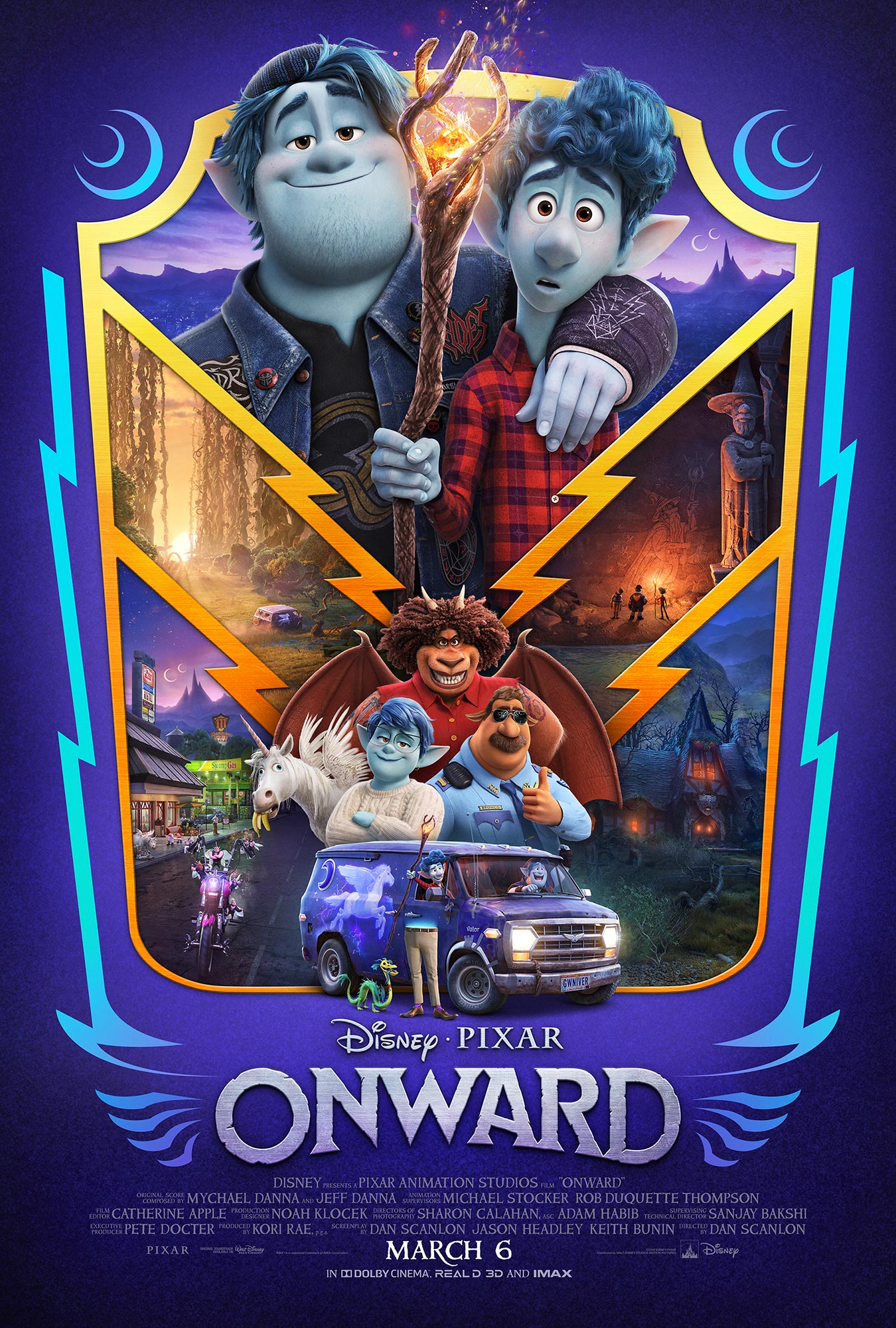







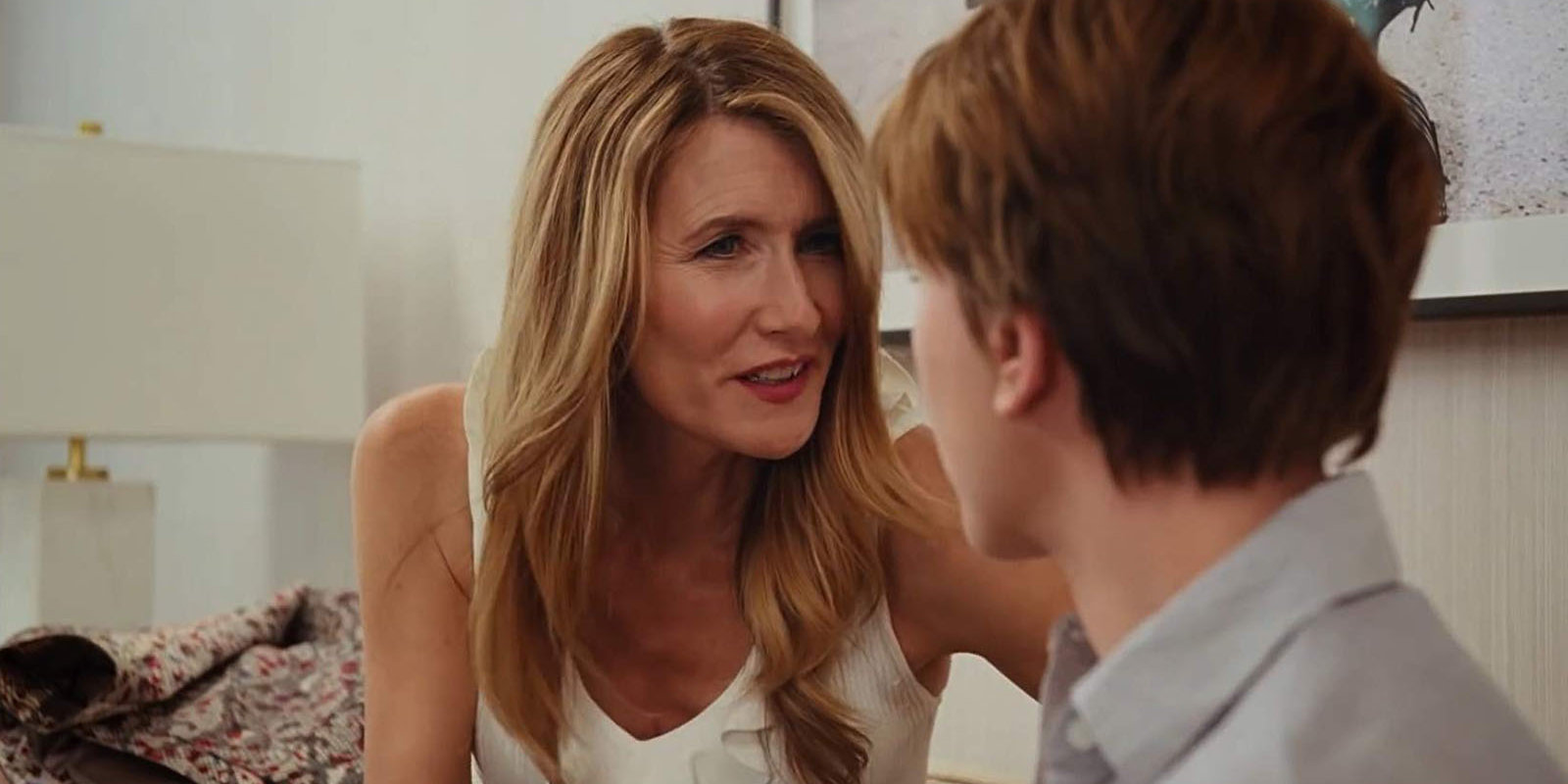





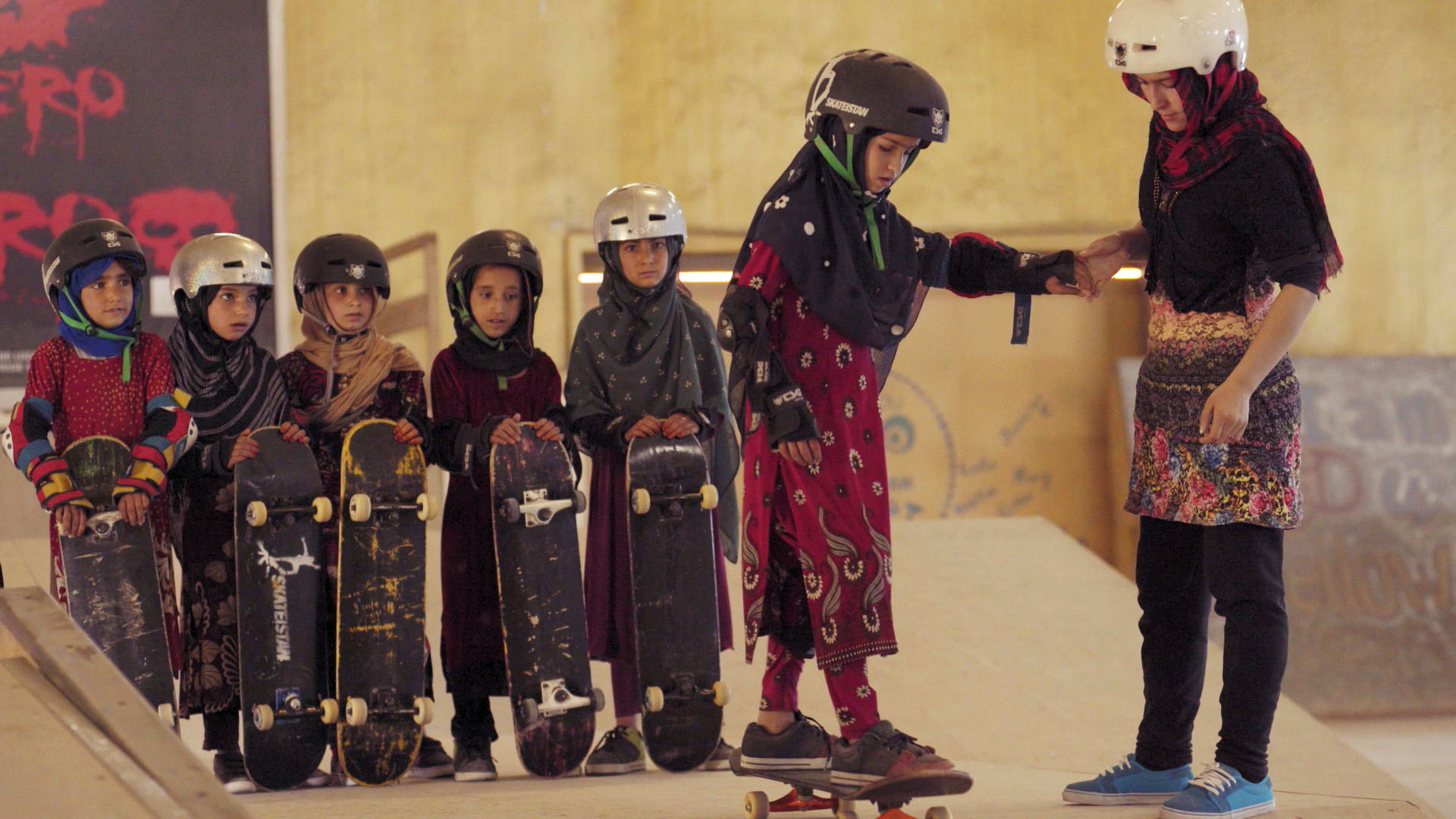









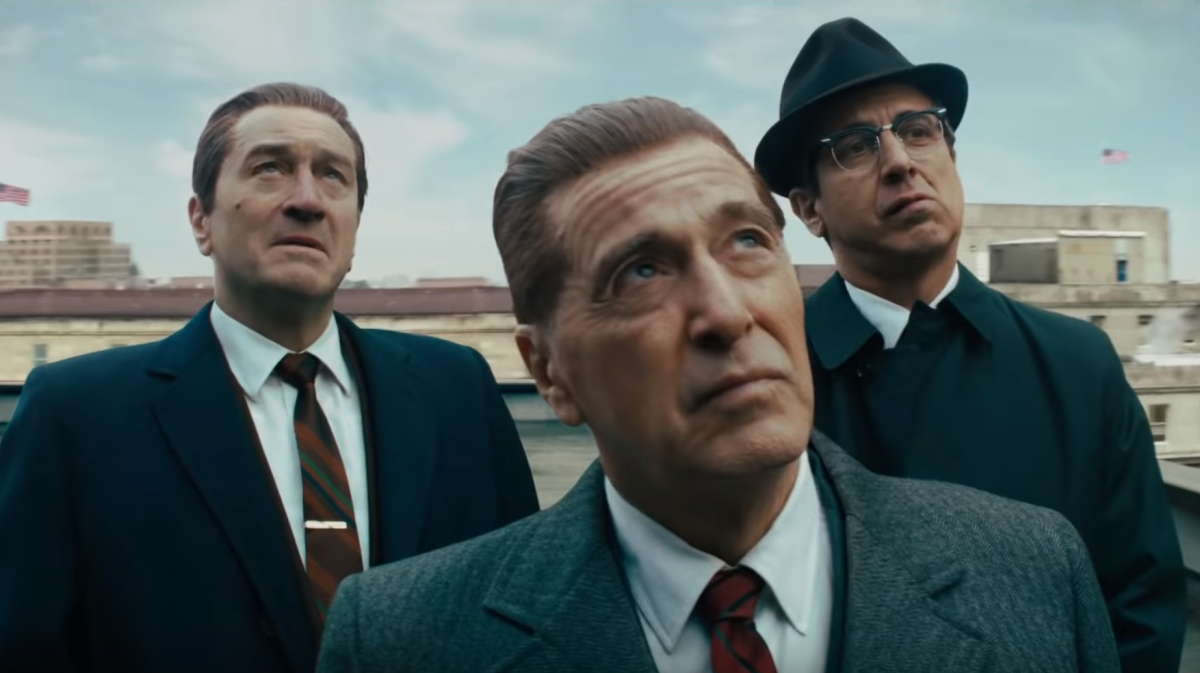
/arc-anglerfish-arc2-prod-mco.s3.amazonaws.com/public/IHHE7XVR3RDLTISJUWCYPXZLBE.png)


